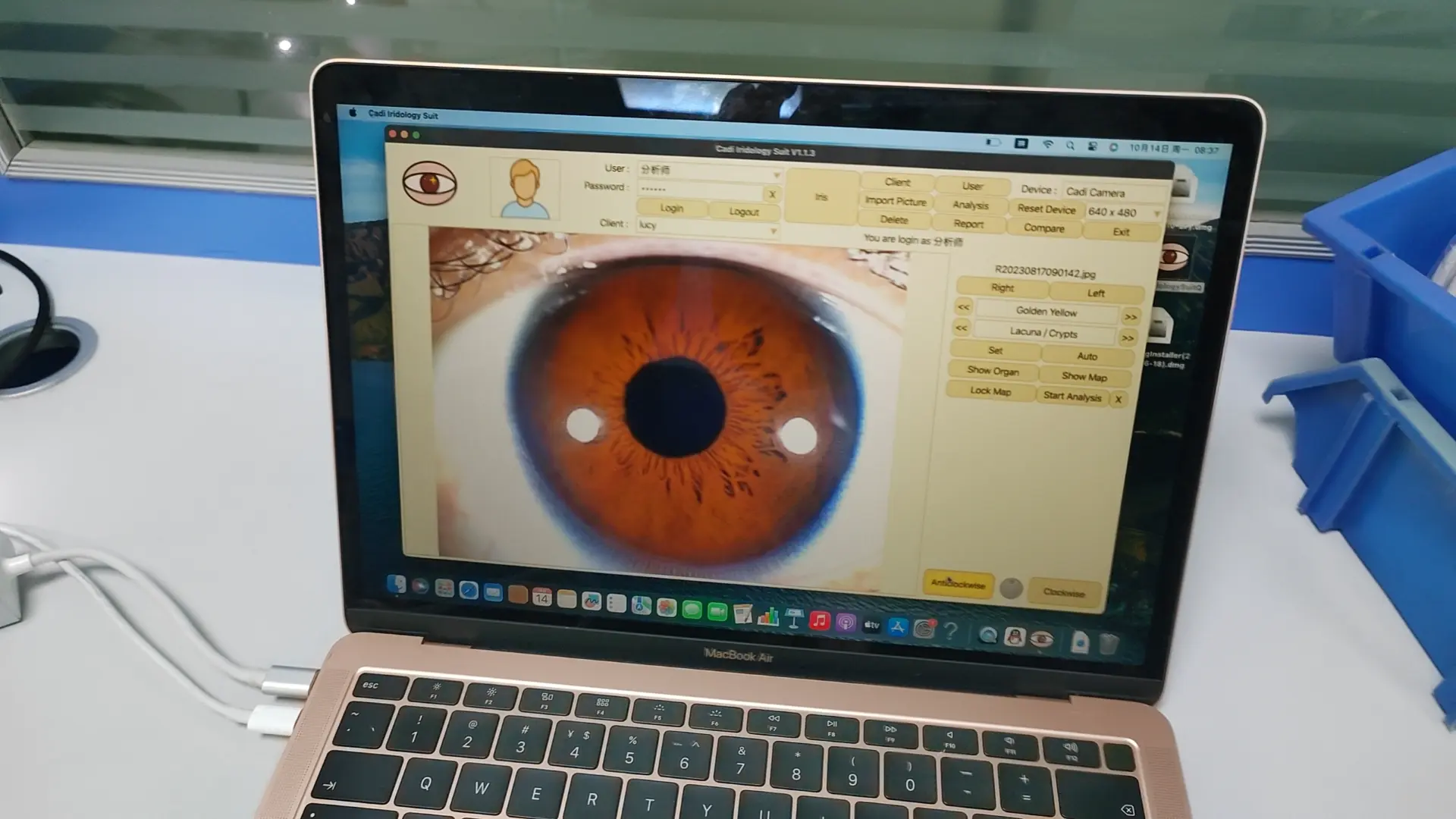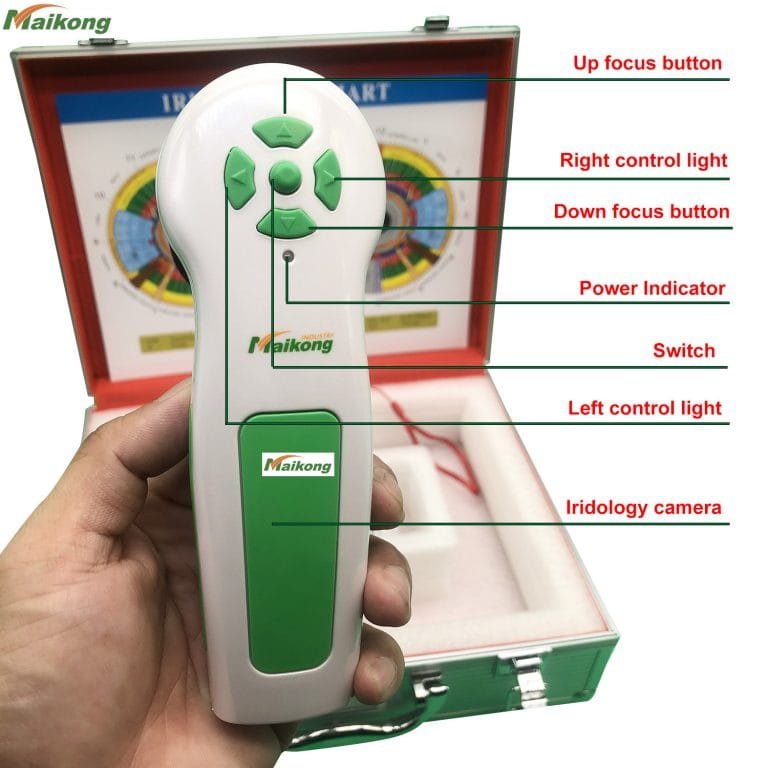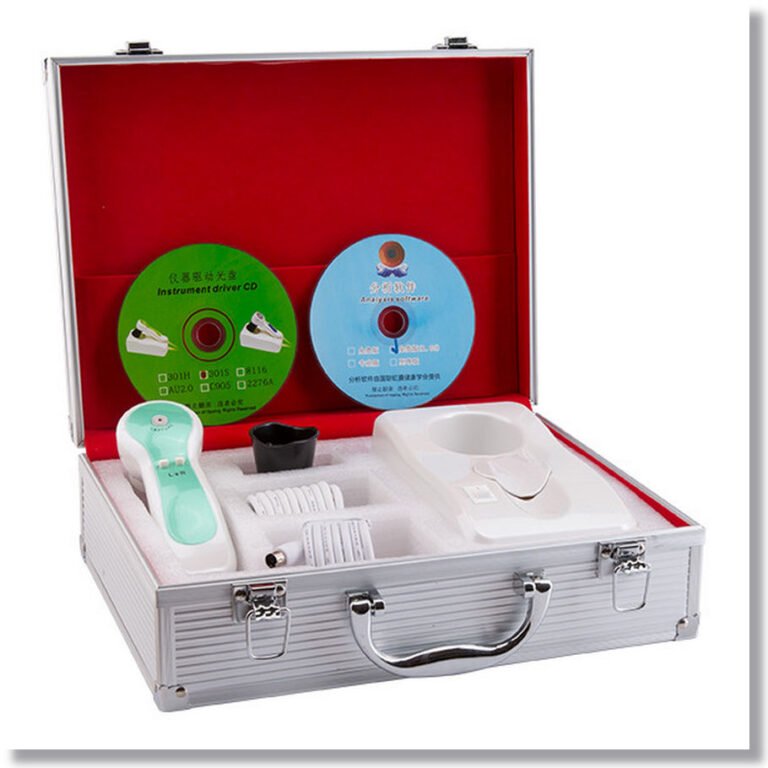
chart to iridology of the Left Eye Iris
chart to iridology of the Left Eye Iris
Iridology chart for the iris of the left eye defines the many iridology zone details charted to show how iridology relates to tissues & organs of the human body
The chart to iridology below documents the left eye Iris zones related to tissues and organs in the body from Dr. Bernard Jenson’s charting of Iridology zones. Our Iridologist who studied under Dr. Jensen utilizes the iridology chart to identify possible weaknesses in tissues and organs of the body.
Ľavý dúhovka
chart to iridology of the Left Eye Iris

Iridológia definovaná
Iridológia definovaná
Iridológia je definovaná ako veda a štúdium farby a štruktúry dúhovky na určenie slabosti tkaniva a predispozíciu tela k slabosti. Veda iridológie sa nepoužíva na diagnostiku. Je to nástroj používaný ako prostriedok na hodnotenie podmienok a úrovní zdravia. Začiaty iridológie boli citované z mnohých oblastí sveta a pochádzajú z času skorých Chaldejcov (1000 B.C.) Prvý zdokumentovaný odkaz na analýzu dúhovky možno pripísať lekárovi Philippusovi Meyensovi, ktorý napísal knihu s názvom „Chiromatica Medica“, ktorý opísal reflexné črty IRI. V roku 1786 publikoval Christaen Haertels jeho „De Oculo et Signo“, čo znamená „oko a jeho príznaky“, a tým význam znakov očí získal dôveryhodnosť. Oko bolo vyšetrené na diagnostické účely po stáročia. V hippokratických spisoch je v hippokratických spisoch niekoľko odkazov na význam krvavých očí a všeobecná farba a jas očí sa vždy berie do úvahy pri ortodoxných vyšetreniach chorých pacientov. Teóriu, že dúhovka môže poskytnúť presnejšie informácie o chorobe, bola najprv samostatne navrhovaná asi pred sto rokmi maďarský, Ignatz von Peczuly a švéd, nils liljequist. V roku 1881 Von Peczuly vydal knihu o Iris oka s názvom „Discovery v oblasti prírody a umenia uzdravenia“. LilJequist, tiež objaviteľ rolle dúhovky a jej označenie, uverejnil dvojzobomé dielo, ktoré bolo preložené do Engilsh a nazývané „diagnostika z oka“. Iní iridológovia, ako napríklad Dr. J. Kritzer, je známy svojou prácou „Diagnostika dúhovky a sprievodcu v liečbe“ a Peter Theil z Nemecka bol uznaný za najväčšieho iridológa svojej doby. Henry Lahn, jeden z Lilequistových študentov, priniesol prax iridológie do Ameriky blízko prelomu storočia. V Amerike je chiropraktik Dr. Bernard Jensen považovaný za najuznávanejšieho iridológa posledných rokov a je známy svojou liečivou filozofiou a spismi v oblasti iridológie. Nemecký iridológ, Joseph Deck, má zavreté dva plnohodnotné zväzky, „princípy diagnostiky dúhovky“ a diferenciáciu označovania dúhovky “, ktoré sú preložené do angličtiny, kompletne s niektorými z najvýznamnejšej analýzy fotografií. Lekári v Rusku, Nemecku a Francúzsku sú viac oboznámení s iridologickou technikou ako tí, ktorí praktizujú v Severnej Amerike. Pokiaľ ide o vedu, experimentovanie v hodnotení dúhovky sú relatívne nové a nemali by sa používať izolovane, ale ako komplexný systém spojený s anamnézou a ďalšími zisteniami.

Who Rayid?
Who Rayid?
What began in the 1970s as the Rayid Method of Iris Interpretation, evolved over the years to become the Rayid Model® of Iris, Birth Order, and Family Tree Dynamics. Today, this expansive work is often referred to simply as Rayid or the Rayid Model. It includes the collective work of Rayid Iris, Rayid Birth Order, Rayid Grandparents, and Rayid Family Tree developed by Denny Johnson, the founder of Rayid®. The Rayid Model® has been used by health practitioners, counselors, educators, business people, parents, and others around the world since 1978. Decades of application and qualitative research have confirmed its accuracy.
According to many American iridologists using the Rayid Model, this determines the essential core of one’s personality and also indicates the existing balance, or lack of balance between the mental, emotional, physical and spiritual aspects. Dr. Dave Carpenter goes to the extent of saying; “The insights from iris analysis will not only improve your health but will also help you in making appropriate career and relationship choices. This method can also be useful in understanding the people in your life.” Rayid provides a beautiful tool for understanding personality and relationship patterns, and the influence of ancestors and family-tree dynamics on health, happiness, and well-being.
“Personality” is your personal vehicle of expression and interaction in the material world. The more you understand personality and family-tree dynamics, the greater your insight will be about personal choices, patterns, issues, characteristics, qualities, lessons, attractions, relationships, relationship compatibilities and so on.
Rayid Iris offers a unique way of assessing patterns in the iris. The iris is recognized as a beautiful and intricate blueprint of one’s personality. As a genetic map, the iris reveals detailed information about patterns you have inherited from your family and how you communicate, learn and process information, relate, and behave. Rayid Iris provides important insight into relationship attractions and interactions. Rayid Family Tree recognizes the important interconnectedness of 7 generations in the family tree: your own, the three previous (parents, grandparents, and great-grandparents), and the three subsequent generations (children, grandchildren, great-grandchildren). Words, actions, mannerisms, choices, and so on, have the potential to influence future generations of children in powerful ways.

Iridology and Natural Health
Iridology and Natural Health

Why we need iridology?
Why we need iridology?
Iridology is a non-invasive alternative therapy that examines the colored part of the eye, the iris, as a tool to gauge physical health. A trained iridologist can determine the health of an individual by analyzing parts of the iris and matching observations to a chart that outlines the various segments of the iris and its characteristics. Iridology is based on the premise that the iris is an extension of the brain itself and each organ is connected to the iris through the nervous system. Iridology is not without controversy as skeptics point out contradicting evidence, but a session with an iridologist may prove useful in alerting you to health issues apparent in the map of your eyes.





































